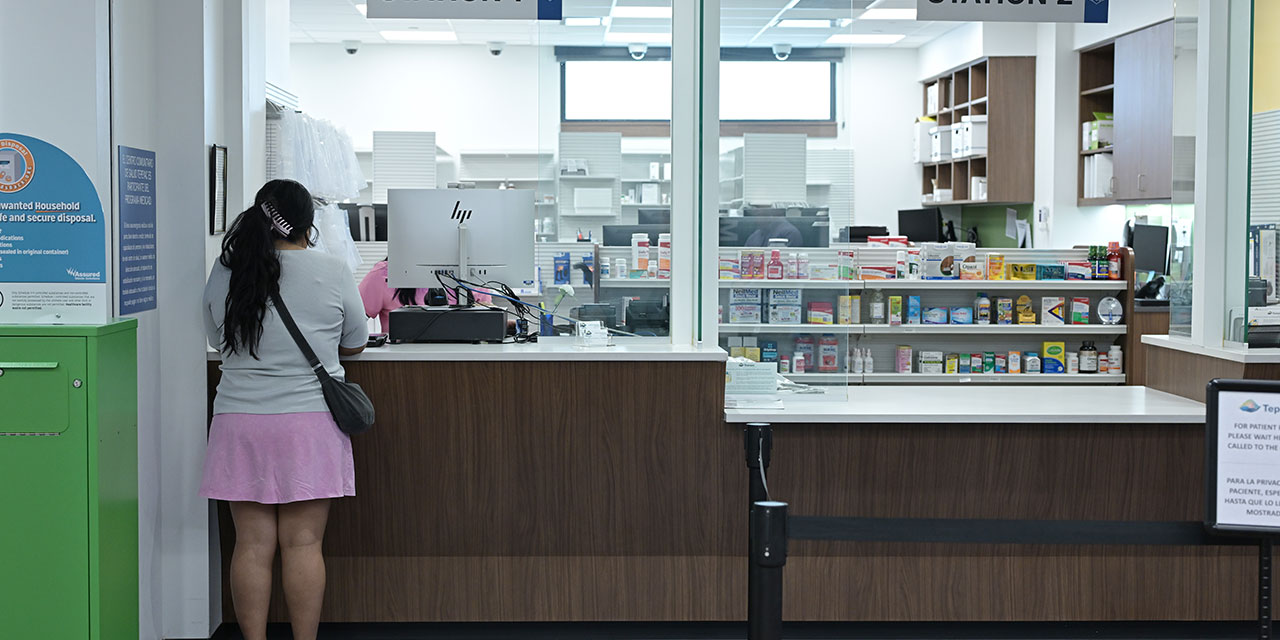
For decades, America’s drug-price debate has centered on a fundamental tension: How do policymakers encourage expensive research and development, while ensuring that companies keep final prices affordable? Studies show that companies will continue to make robust R&D investments only if they can price their products to recoup those investments. But some nonetheless claim that Washington should impose price controls on certain drugs to ensure that Americans have affordable access to life-saving medications.
Advocates and policymakers who favor intervention often argue that Americans pay much more for the same drugs than do consumers in comparable countries. President Trump, always keen to identify ways that other countries treat Americans unfairly, has made this idea central to his recent executive actions on drug policy.
Finally, a reason to check your email.
Sign up for our free newsletter today.
While the president is right that other countries are free riding on U.S. innovation, he should reconsider the policies outlined in his May 12 executive order. They may be impossible to implement properly and could make life-saving medicine costlier.
Even if his solution is misguided, the president is responding to a real problem. U.S. prices for branded drugs are at least 3.22 times higher than those of comparable developed countries. As the White House noted in a July fact sheet, America “has less than five percent of the world’s population, yet roughly 75% of global pharmaceutical profits come from American taxpayers.”
That gap exists in part because developing drugs is expensive, and foreign countries impose price controls that keep manufacturers from recouping expenses. Bringing a single medication to market costs somewhere between $880 million and $2.2 billion. Since single-payer systems and price-setting agencies abroad block manufacturers from charging market rates, pharmaceutical firms hike prices in the U.S. market to recover their investments.
Consider, for example, a hypothetical cancer drug that costs $2 billion to develop and $50 per dose to manufacture and distribute. The manufacturer might price the drug at $300 per dose in America to recover costs over the duration of the drug’s patent. It will still sell in price-controlled foreign markets, provided the price is above $50, but at lower returns.
True, foreign free riding is not the only reason that prescription drugs are more expensive in the U.S. As Manhattan Institute fellow Chris Pope has pointed out, domestic policies also contribute to high prices, such as those that require broad-based drug coverage without linking a drug’s price to its value.
Still, the White House deserves credit for understanding innovation economics and international cost-shifting. As a press conference in May, for example, President Trump explained that he intended not to reduce overall pharma revenues but to ensure that each country paid its fair share. “The health care companies should make pretty much the same money . . . . Europe is going to have to pay a little bit more, and America is going to pay a lot less.”
But his May 12 executive order, which pledged to take “aggressive action” against high-charging drug firms, may not deliver on that promise. The order directs the Department of Health and Human Services to communicate to drug manufacturers the administration’s desire that they target most-favored-nation (MFN) pricing in the United States. That means that they must align U.S. prices with the lowest offered in “comparably developed nations.” If companies don’t make “significant progress” toward that goal, the order directs HHS to propose regulations “to impose most-favored-nation pricing.”
The White House hopes the order will cause other countries to raise prices, responding to drug-company pressure. Research suggests that if each drug had a single price across all high-income countries, U.S. prices would fall by half, while other countries’ prices would rise by between 28 percent and over 300 percent. But there are practical reasons to think that this may not happen.
First, the Trump administration is on shaky legal ground. During Trump’s first term, HHS promulgated an interim final rule to impose MFN-style price caps that was struck down in the courts due to noncompliance with notice-and-comment rules. Additionally, HHS may not have the statutory authority to impose price controls, particularly in private markets outside of Medicare, Medicaid, and CHIP.
Further, the MFN model may not actually lower prescription drug costs. The pharmaceutical industry could respond to the president’s order in several ways to mitigate the impact. Its options include limiting supply or manipulating prices in foreign countries, pursuing U.S.-only drug launches, and adjusting rebate agreements with middlemen. Agreements between drug manufacturers, private payers, and pharmacy benefit managers can be adjusted to change rebate structures, raising out-of-pocket costs with higher premiums and copays to make up for price reductions.
The order fails to anticipate dynamic market responses. Companies could delay foreign launches to avoid setting low reference prices, manipulate pricing across markets, or engineer artificial shortages. Most importantly, for the White House to enforce the order, it would need to master the intricacies of global pricing, fluctuating currencies, divergent policy frameworks, and varied health systems. Policing international pharmaceutical prices is nearly impossible—and only invites firms to game the system.
Rather than import the socialist price control mechanisms that have created this problem, the Trump administration would be better served by using diplomacy to export a market-based approach. The president has said that he is discussing with drug manufacturers and European leaders the possibility of lifting prices in Europe and elsewhere. Pfizer CEO Albert Bourla has floated the idea of a NATO-like alliance to distribute the cost-burden of innovation more fairly. This framework could provide a sustainable cost-sharing framework without undermining market mechanisms.
Imposing price controls, even temporarily, sets a bad precedent. Rather than adopt the failed policies that have limited access to critical cures abroad, the United States should export the market-based principles that drive pharmaceutical innovation.
Photo by Hyoung Chang/The Denver Post
City Journal is a publication of the Manhattan Institute for Policy Research (MI), a leading free-market think tank. Are you interested in supporting the magazine? As a 501(c)(3) nonprofit, donations in support of MI and City Journal are fully tax-deductible as provided by law (EIN #13-2912529).
Source link















